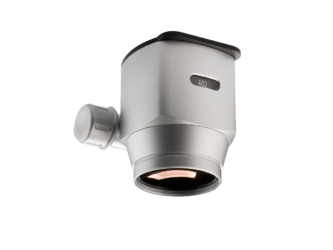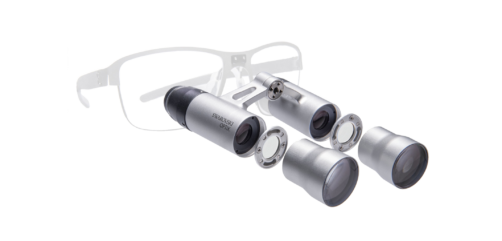At each stage of orthopedic treatment, the doctor uses binocular magnifiers, which significantly affects the quality result:
- conducting a proper examination of the soft tissues of the oral cavity for the presence of subgingival deposits and inflammation;
- hard tissues of the tooth for the presence of caries, cracks, marginal fit of the restoration.
Magnification 3,0 fully satisfies this stage.
-preparation of the ferrule zone without damaging the gums;
- the possibility of taking a minimum amount of native enamel;
- providing the tooth with the optimal shape for the future orthopedic structure;
- checking the absence of overhanging enamel edges;
- using a fluorescent filter and a plug-in (starLight Nano3) to check the absence of previous restorations, accordingly placing the orthopedic structure only on healthy tooth tissues.
At this stage, it is worth using Kepler's prismatic systems.
With the use of binocular magnifiers, the doctor remains mobile, and the position of his body is ergonomic.





